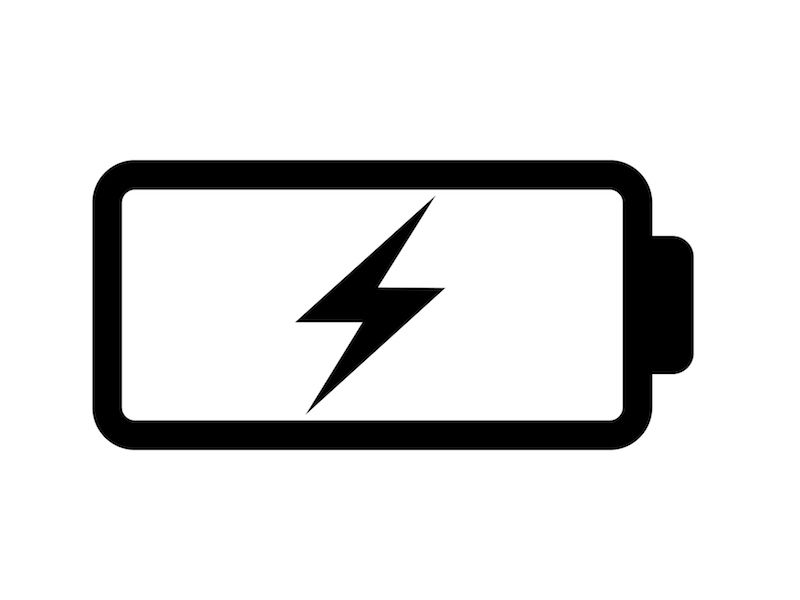
Rechargeable hearing aids are manufactured so that you’ll need to worry less about losing battery power, but the technology may also make you slightly concerned when you depend on your devices to hear. Do rechargeable hearing aids work as well as marketed or do they even work at all?
Those questions are understandable, as is the accompanying anxiousness. A hearing aid is often as necessary for the enjoyment of a television show or a movie as it is for a trip to the grocery store or any other part of daily life. It’s essential that a piece of technology works correctly and dependably, especially when it affects so many facets of life.
How Do I Know What Kind of Battery I Have?
By default, most modern-day hearing aids come with rechargeable batteries, so it’s likely if you bought your hearing aids recently, it has one of two types of batteries. Silver-zinc batteries, which can normally be identified by a battery door on the device, are rechargeable, but every so often they have to be replaced. A Lithium-ion battery, however, will last for the duration of the life-cycle of the hearing device and, as such, those devices will not have that telltale battery door.
Rechargeable Hearing Aids Need Special Care
For the most part, rechargeable hearing aids do work, and they work well. As battery technology has advanced in the last several years, the reliability of these devices has increased dramatically. As with any other electronic device, however, there are some easy maintenance procedures that users can follow to improve the reliability of their rechargeable hearing aids.
- Keep Your Hearing Aids Dry and Clean: Your hearing aids will collect moisture, dust, and debris regardless of how often you use them. Your hearing aid might not completely charge if it is subjected to any of these three elements. That’s why it’s important to keep your hearing aids dry and clean particularly when connecting your hearing aid to its charging station.
- Store Your Hearing Aids on The Charging Station: If you regularly store your rechargeable hearing aids on their recharging station you can extend the life of your battery. Charging a battery that is not totally drained does not shorten long-term battery life. In fact, making sure that your hearing aids are charging when not in use can actually improve your long-term battery life. For lots of people, putting their charging station next to their bed is a simple reminder to charge the devices when not in use.
- Be Mindful of Wires: Either the charging station or the hearing aid itself will have some kind of wire element on most hearing aids. Being mindful of these wires is essential for hearing aid users; do not pull or hold your device by these wires as this will damage the connections that allow your hearing aid to charge.
How to Change a Rechargeable Battery
If you have lithium-ion batteries, they should last as long as your device does. As a result, you shouldn’t need to worry about changing those batteries. Your hearing aids can then be simply charged as long as necessary.
However, you will need to occasionally replace the batteries if you have a hearing aid that uses silver-zinc batteries. The lifespan of your battery can be increased by replacing them in the correct way. Because of this, hearing professionals suggest the following:
- Store batteries in a room temperature place that is also certain to be dry.
- Five minutes before removing any tabs that may be attached let the batteries sit at room temperature.
- Until you’re ready to use the batteries, don’t remove the plastic tabs or packaging.
- Make sure you wash your hands before changing your hearing aid batteries.
- Clean and free of moisture is the state that your battery compartment should be kept in.
Non-Use For Long Periods
Leaving your hearing aids on the charger over extended periods of time is no longer the best way to store your hearing aids. If, for instance, you know that you won’t be wearing your hearing aids for several weeks or months, you can simply unplug the charger and store your hearing aids in a cool and dry place.
Consider leaving the battery door open so you can stop moisture from corroding the batteries if you have silver-zinc batteries.
Rechargeable for Everyday Use
For most individuals, and for day to day use, charging your hearing aids once per day should be enough for all of your requirements. A lithium-ion battery, as an example, will normally require only 3-4 hours to charge enough battery power for a 24 hour period.
Do rechargeable hearing aids work? They don’t just work, they are becoming more common all the time. Schedule an appointment with your local hearing aid retailer to see all the different models
